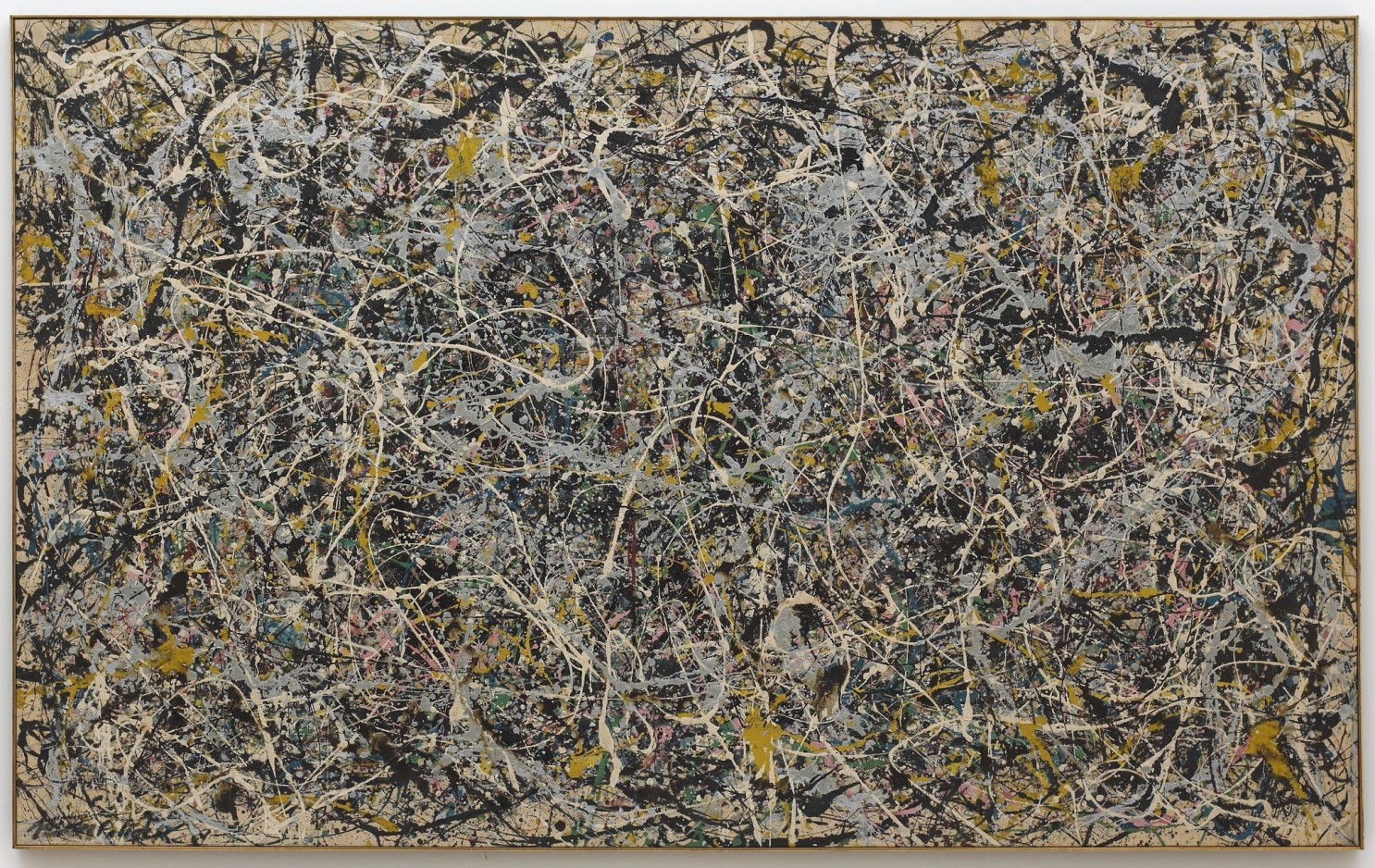This is about art, but applies to all human activity IMO. From Artblog.net: Franklin Einspruch on making art, looking at art, and other requisites of life
Artblog.net – Neither subjective nor objective:
If visual quality was truly subjective, absolutely the product of individual experience, humanity would never have produced culture in the first place. There would have been an idiosyncratic manufacture of objects that individuals thought were attractive, but culture requires that other people pick up on the attractiveness. On the other hand, if visual quality was truly objective, we could measure it, and we can’t. After giving this a fair amount of thought, I’ve concluded that the subjective/objective split is an illusion produced by the brain’s inability to feel itself operating. There are not subjective and objective phenomena. There are a phenomena, full stop, and their nature is neither subjective nor objective. Some of these phenomena are highly individual, like falling in love. Some of these phenomena are highly universal, like gravity. And some of these phenomena have both universal and individual components. Visual quality is one of them. It is not universal enough to measure, but it is universal enough that people with a talent for detecting it can do so across time and culture. Phenomena in this group are marked by shared universals and individual particulars. They vary, but they don’t vary infinitely. The ideal female in art gains and loses weight over time, becomes bustier or less modestly endowed, but she never sprouts a third arm out of her bellybutton.
There are a phenomena, full stop, and their nature is neither subjective nor objective.
Taste is the ability to detect visual quality. It is a talent, which means that not everyone has it, and those that do must cultivate it to get the full benefit. Given a group of students moaning at Pollock, it’s likely that a lot of them haven’t cultivated the ability to appreciate abstraction. The right way to take care of this is for people with cultivated taste to express their excitement about Pollock and invite them to look at more examples. The cheap way to take care of this is to talk about how influential Pollock was to later artists. That doesn’t matter. All things being equal, Pollock could have been an idiot, and his followers could have been bigger idiots. With all due respect, telling students that they’re 60 years to late to reject Pollock is really objectionable. They’d be better off hating Pollock with all their hearts than accepting him out a servile attitude towards art history. Art could have been wasting its time for six decades as it explored abstraction. I don’t think it did, but I conclude as much by looking at the better objects. Pollock certainly inspired a lot of terrible abstraction. Making similar claims about more recent developments is even more objectionable.
I tend to think that conceptualism is wasting art’s time, and I don’t care whom it has influenced. I don’t oppose the conceptual analysis of art. As I said earlier, art is typically not made in a pure way, and it often takes ideas to get the ball rolling. One might as well appreciate them for what they are. Rather, I object to the notion that ideas have inherent aesthetic value. This is a really brain-damaged way of looking at ideas. Forms are good or not. Ideas are true or not. Entertaining wrong concepts as compelling or beautiful is nonsense, and at a certain scale (such as public policy) dangerous nonsense. (Note that I’m not talking about narrative, which is a different sort of thing.) Ideas that are not wrong ought to be interesting if we’re going to bother turning them into art. It can have them, but art does not necessarily need sound or interesting ideas to function well as art. There isn’t a formal/conceptual midpoint that delivers the best of both worlds. Rather, there’s a formal vehicle and one or more conceptual passengers. You actually end up with a problem when the weight of the passengers starts to equal the weight of the vehicle.
The thread at the link may also be of interest if you want to see me take apart a theory-driven artist like he was made out of Legos.

